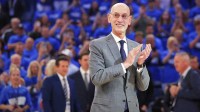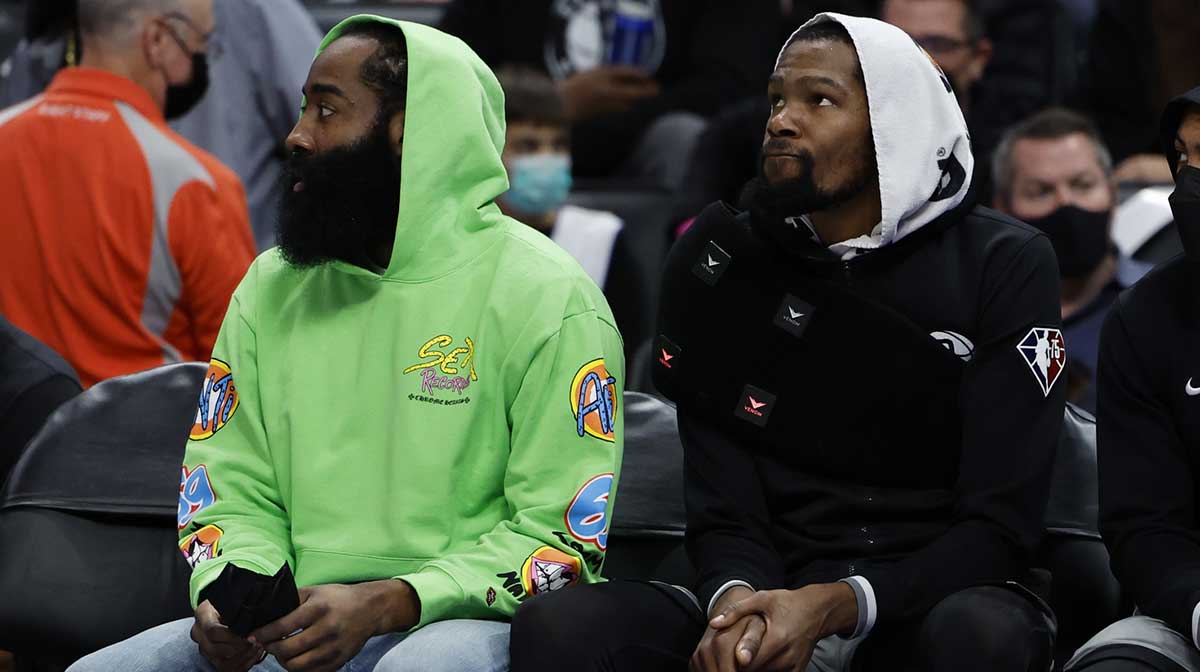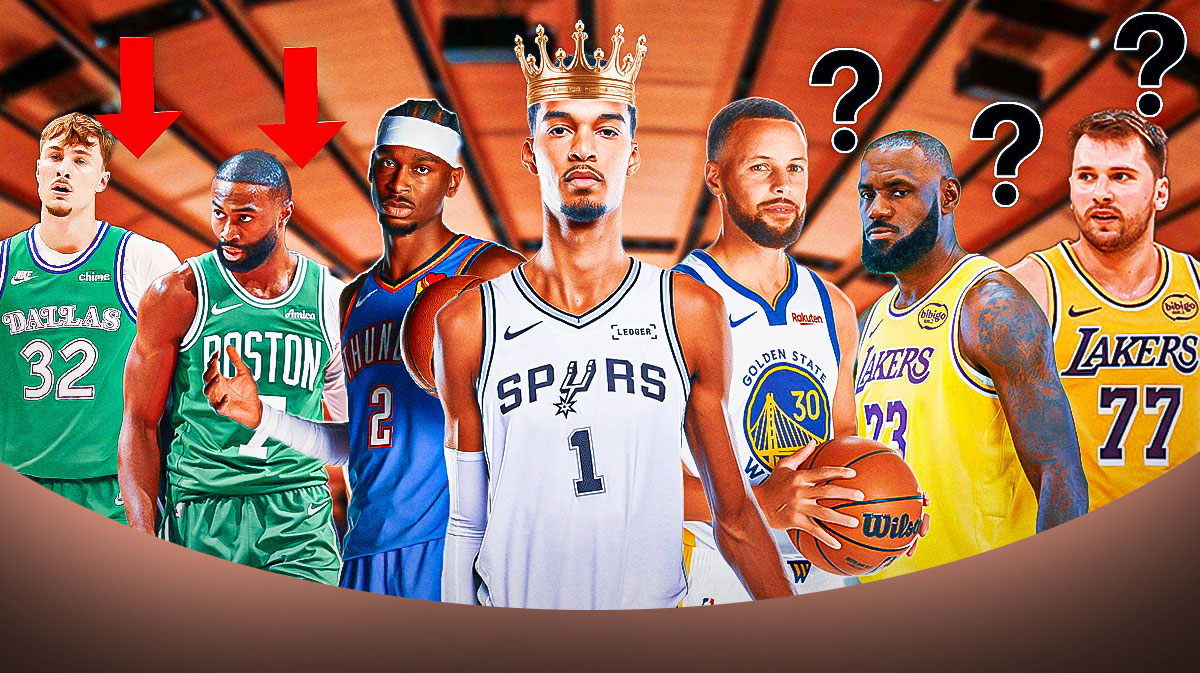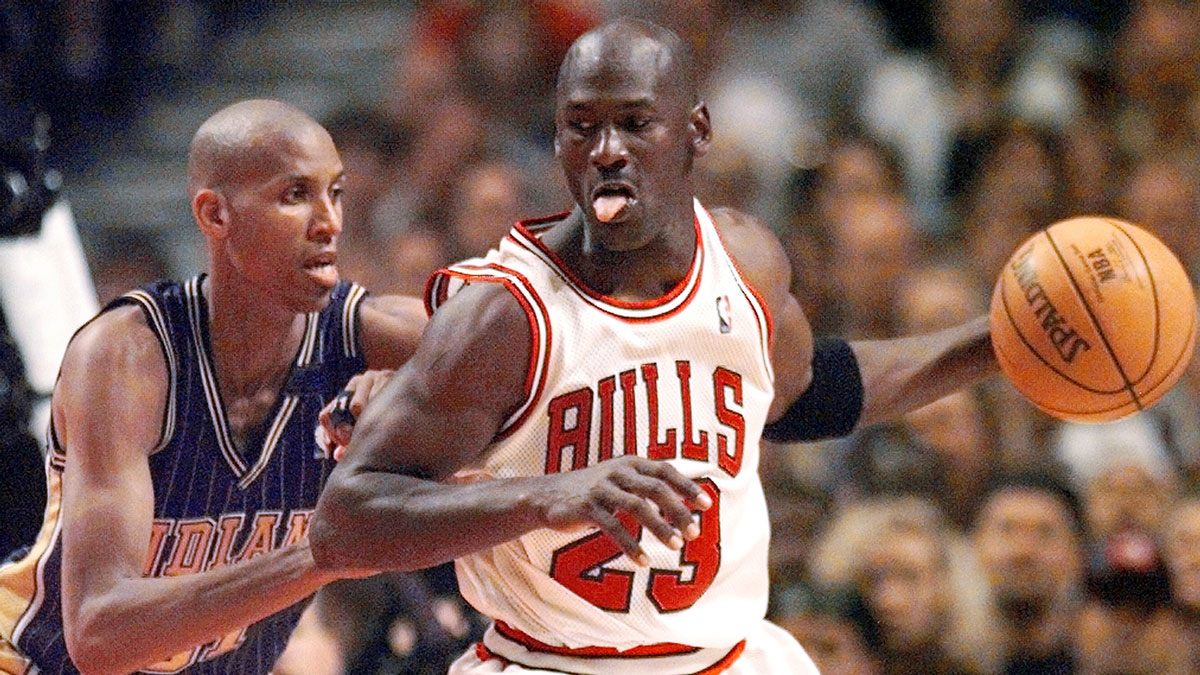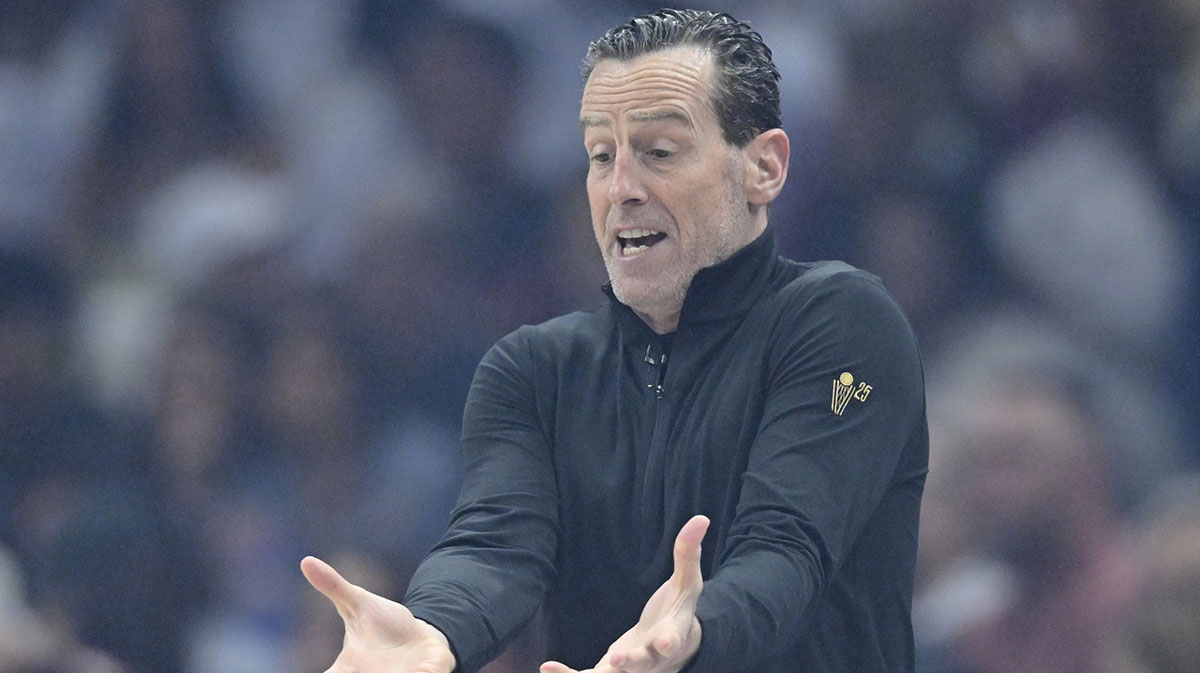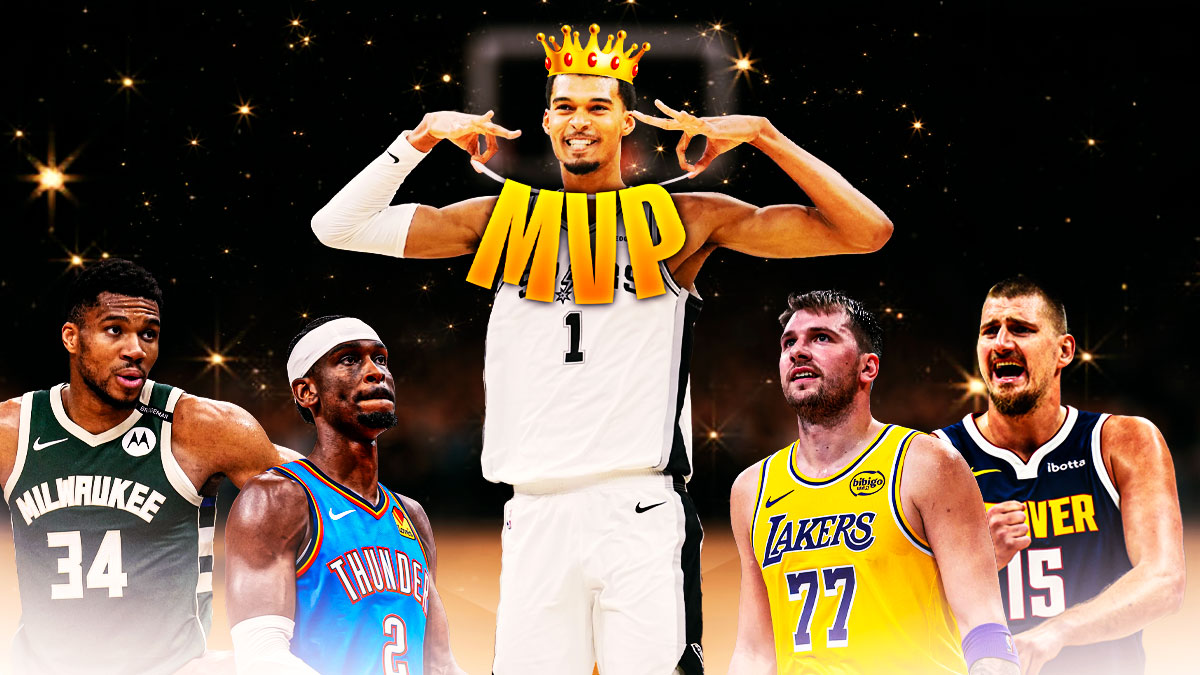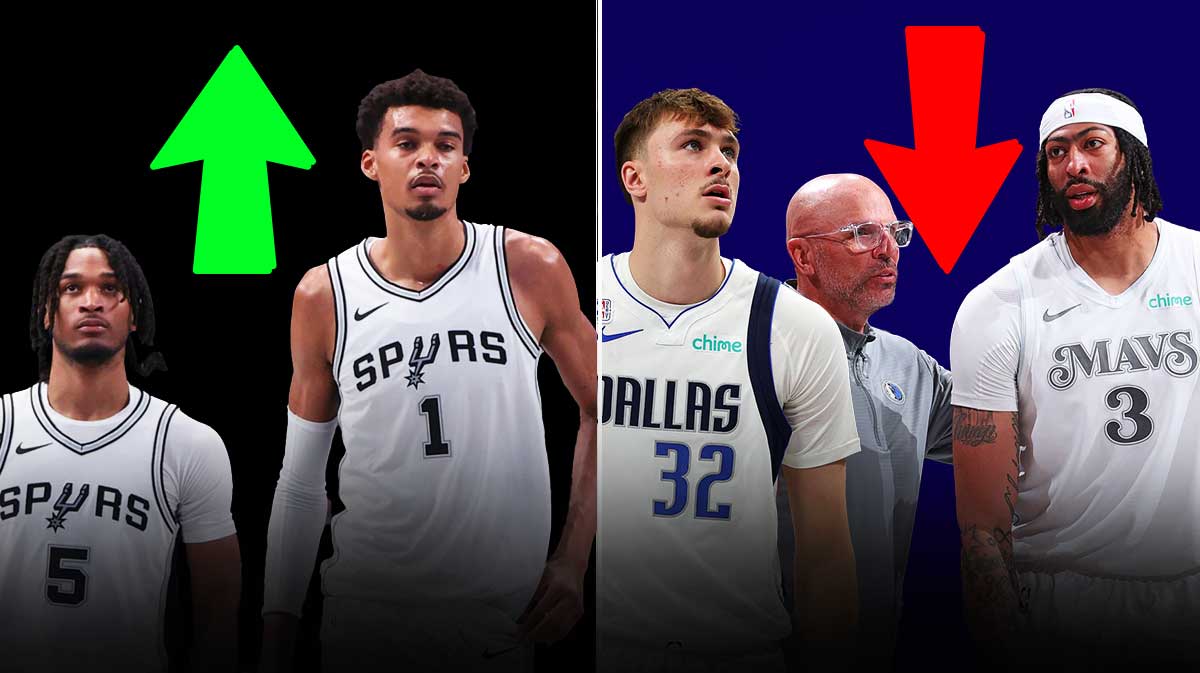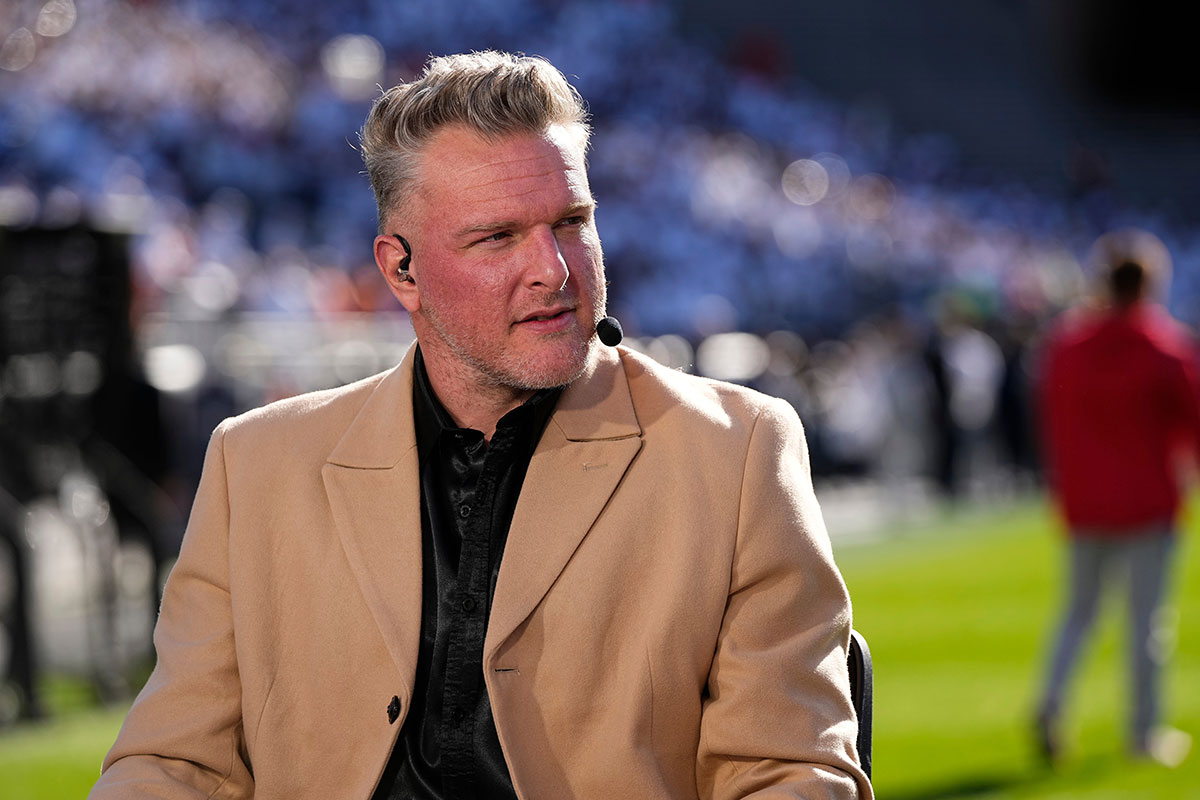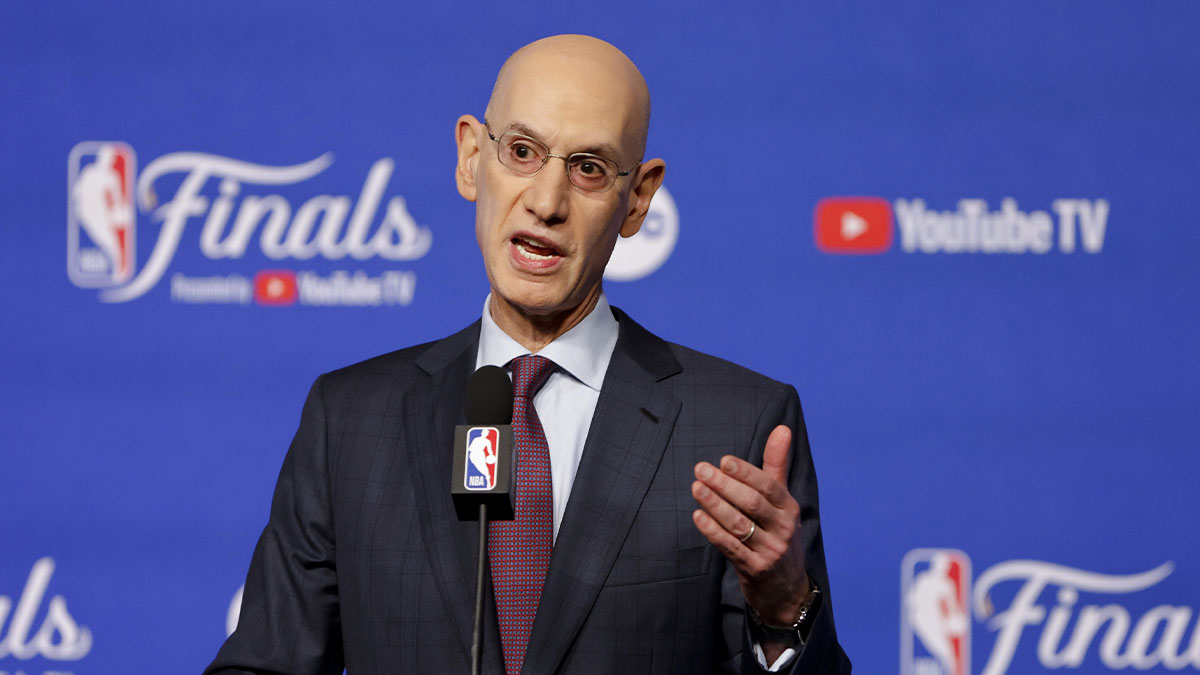An unprecedented salary-cap jump in 2016 set the stage for NBA teams to make a slew of disastrous free-agent splurges that summer. A four-year, $72 million contract for Joakim Noah on the first night of free agency? Sure! A combined $136 million for Timofey Mozgov and Luol Deng? Why not? Max contracts for Harrison Barnes and Chandler Parsons? Absolutely!
In the wake of the Philadelphia 76ers' acquisition of Jimmy Butler in November, the stage may be set for history to repeat itself in 2019 free agency.
Roughly one-third of the league will be able to carve out enough salary-cap space to offer at least one max contract this coming summer, according to ESPN's Brian Windhorst. A few teams, such as the Brooklyn Nets and Los Angeles Clippers, may be eyeing a pathway toward two max-contract slots.

With big-market teams such as the Nets, Clippers, New York Knicks and Los Angeles Lakers all planning to go big-game hunting, that'll only increase the competition for top-tier free agents. But at first glance, there may not be enough players of that ilk to satisfy the demand.
Barring catastrophic injuries, Kevin Durant and Kawhi Leonard are unquestionably max-worthy. Butler, Kyrie Irving, Klay Thompson and Kemba Walker are likewise virtual locks to receive max deals. If Khris Middleton doesn't receive a max, he'll come damn close. And on the restricted-free-agent front, the Knicks will match whatever offer sheet Kristaps Porzingis signs, assuming they don't sign him to a five-year max first.
However, the market quickly starts to dry out after that.

Will anyone be eager to offer DeMarcus Cousins a four-year max following his Achilles injury? Will some team talk itself into Tobias Harris being max-worthy? What about Eric Bledsoe? Could Tyreke Evans, Kentavious Caldwell-Pope or Ricky Rubio sign deals averaging $20 million or more?
A number of players could juice the market by declining their 2019-20 player options, including Al Horford, Hassan Whiteside, Marc Gasol, Jeff Teague and Goran Dragic. The Denver Nuggets also figure to decline Paul Millsap's $30 million team option to skirt the luxury tax, adding another big name into the mix. However, Horford, Gasol, Dragic and Millsap are all on the wrong side of 30, and none of them profile as long-term difference-makers wherever they wind up.
Making matters worse, many of the big fish may wind up staying put.

In early October, Irving announced that he planned on re-signing with the Boston Celtics in 2019. According to Kevin O'Connor of The Ringer, “the expectation across the league” is that Thompson will re-sign with the Golden State Warriors. (Thompson's dad said as much in August, too.) Butler forced a trade out of Minnesota so another team could have his Bird rights—and thus the ability to offer him a five-year, $190 million max deal—this coming summer. Even Walker supposedly wants to stay in Charlotte.
Durant and Leonard may be legitimately obtainable, with increasing chatter connecting the former to the Knicks and the latter to the Clippers. But even if they do leave Golden State and Toronto, only one team can acquire each of them.
Teams that whiff on their top targets may feel pressure to make a splash regardless, but plunging into a Plan B without allowing the market to reset could be franchise-wrecking.

This coming summer will be a litmus test for whether teams learned from their mistakes in 2016. The prevailing lesson from that summer was that the annual salary of a contract matters far less than the length of said deal. Had the Knicks signed Noah to a two-year, $40 million contract rather than his four-year, $72 million albatross, they wouldn't be stuck paying him $6.4 million every season through 2021-22 not to play for them. The same goes for the Lakers and Deng.
Once Durant, Leonard, Butler, Irving, Walker and Thompson decide upon their destinations, the second-tier guys—Harris, Middleton, Horford, Bledsoe, etc.—stand to get overpaid by desperate teams. But at some point, salary-cap space will dry up around the league, which will create the opportunity to find discounts.
Flash back to the free-wheeling summer of 2016, when six players received nine-figure contracts and 12 received at least $80 million in total. For every Noah, Deng and Mozgov, there was a Seth Curry (two years, $5.9 million), Dion Waiters (two years, $5.9 million) and Spencer Dinwiddie (two years, $2.0 million).

Identifying the correct bargain-bin players won't be easy. It'll require patience and an appealing pitch, as another team could swoop in with an overbid at any point. Reaching out to such players in the early hours of free agency could go a long way, as it would underscore they're a priority even if they don't receive a contract offer right away.
Hitting on a cheap signing goes a long way—just ask the Milwaukee Bucks about Brook Lopez (one year, $3.4 million) or the Washington Wizards about Jeff Green (one year, $2.4 million). For teams brushing up against the luxury-tax threshold or those over the salary cap, finding diamonds in the free-agent rough is often the only means of external improvement other than the draft.
With upward of 200 players set to become free agents this summer, those opportunities will present themselves eventually. It'll just be long after the opening salvo of free agency, when teams inevitably rush to offer eight-figure annual salaries to role players.
Though last summer didn't feature nearly as many egregious overpays as 2016—remember when the Detroit Pistons gave Jon Leuer a four-year, $42 million deal on the second day of free agency?—a smaller-than-expected cap jump largely bears the blame for that. With the cap projected to jump by more than $7 million this year, that gives teams leaguewide an additional $210-plus million in 2019-20 salary to throw around.
Will teams be more gunshy after seeing how long-term deals for Nicolas Batum (five years, $120 million), Ryan Anderson (four years, $80 million), Evan Turner (four years, $70 million) and Kent Bazemore (four years, $70 million) condemned multiple organizations to NBA purgatory? Will they think twice before offering eight-figure annual salaries to role players such as Jordan Clarkson (four years, $50 million), Solomon Hill (four years, $48 million) or Meyers Leonard (four years, $41 million)? Or are they condemned to make the same mistakes as their predecessors from three years ago?
Either way, this upcoming summer will go a long way toward determining the NBA's future over the next half-decade.
Unless otherwise noted, all stats via NBA.com or Basketball Reference. All salary information via Basketball Insiders.
Follow @btoporek






